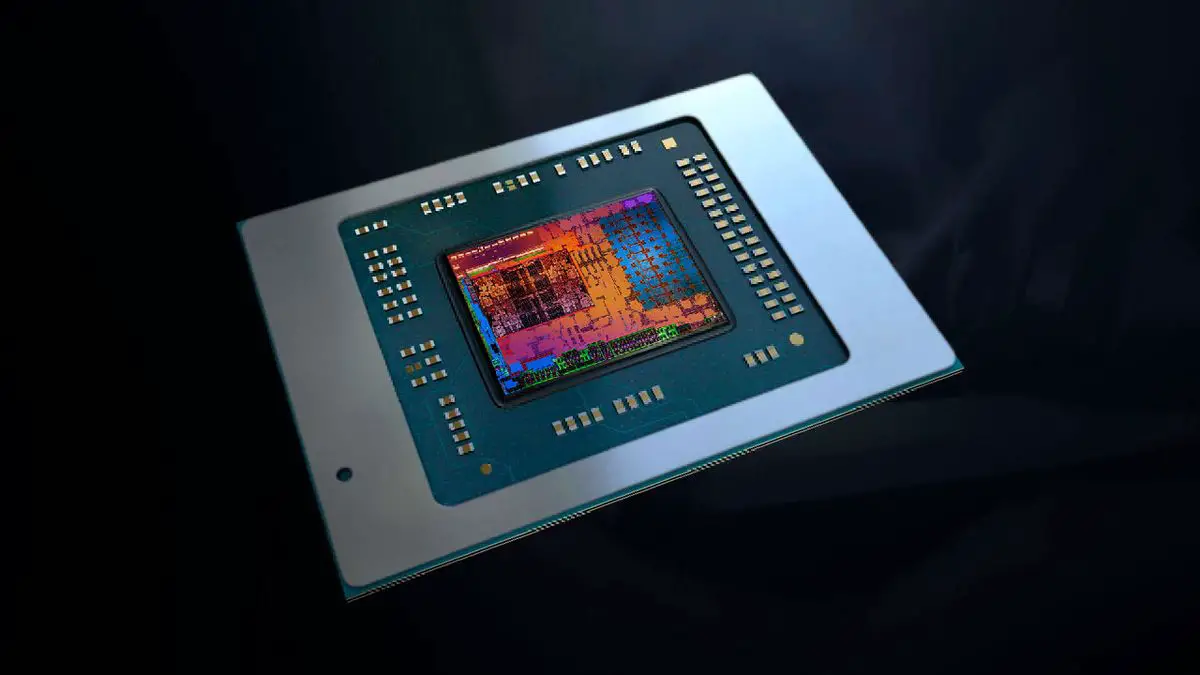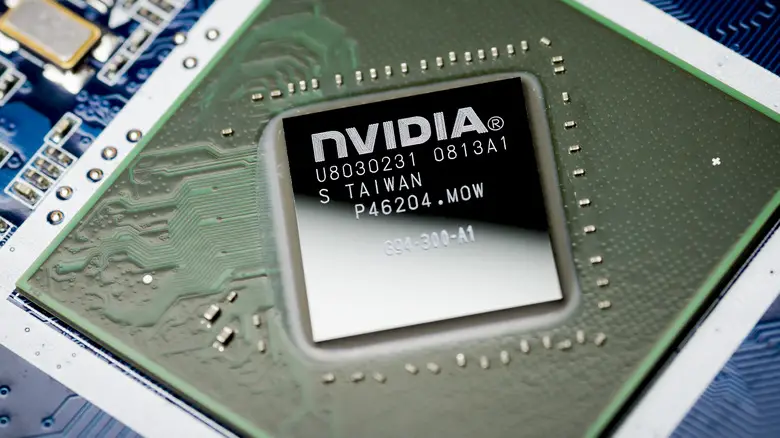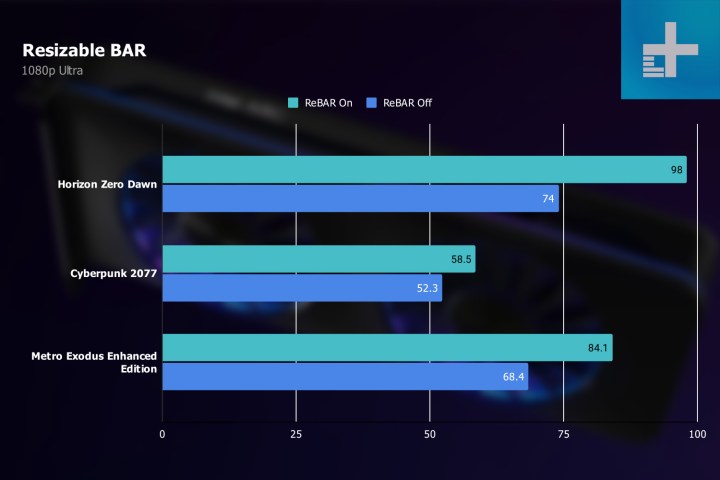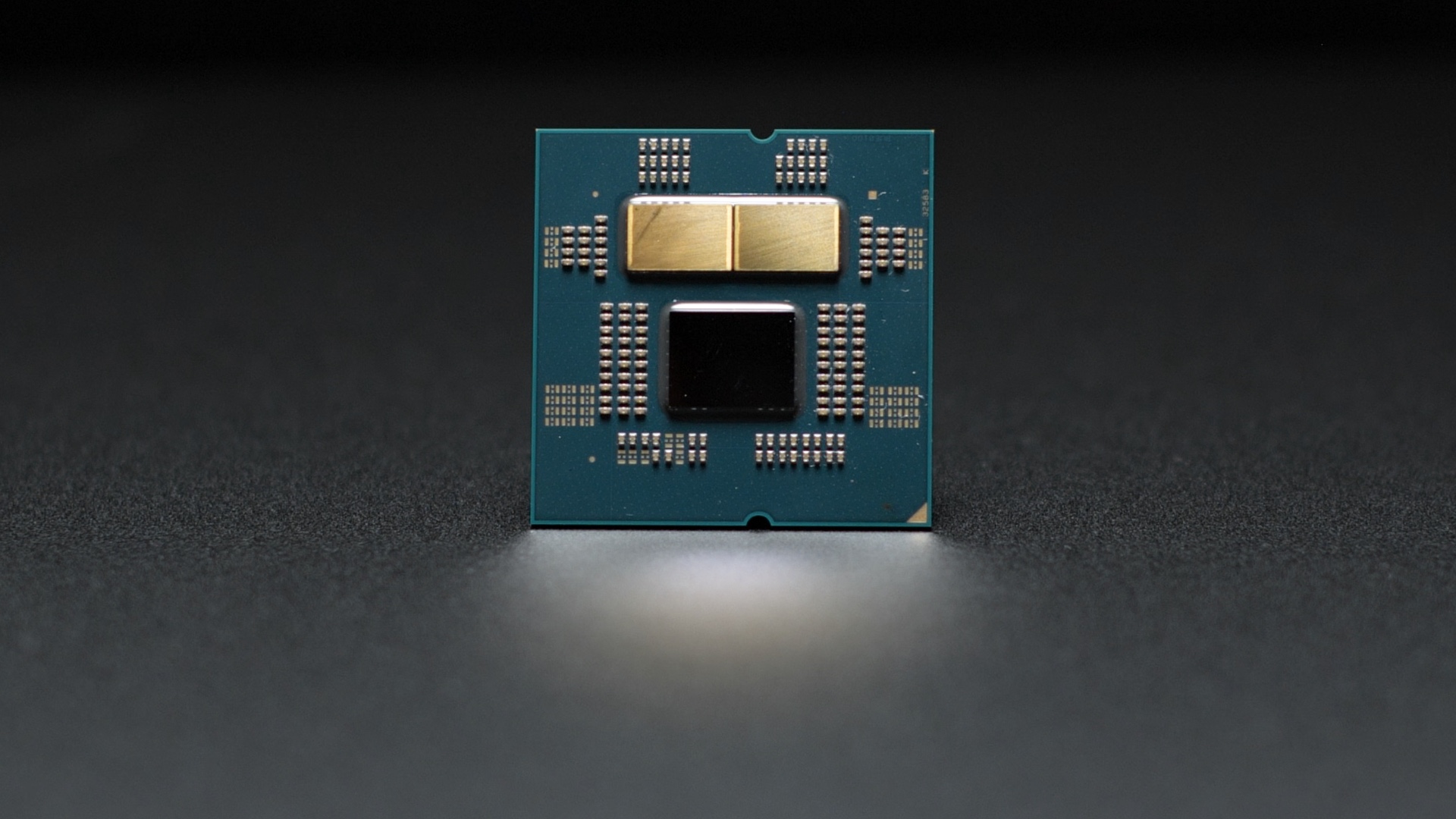When it comes to building a PC, there are endless options and combinations to choose from. One common question that arises is whether you can mix and match components from different manufacturers. Specifically, many users wonder if an AMD Graphics Processing Unit (GPU) can be paired with an Intel Central Processing Unit (CPU). The answer is a resounding yes! In this article, we will explore the compatibility between AMD GPUs and Intel CPUs, the benefits and limitations of using this combination, and provide tips for successfully using an AMD GPU with an Intel CPU.
Contents
- Compatibility between AMD GPU and Intel CPU
- Using an AMD GPU with an Intel CPU
- How to Use an AMD GPU with an Intel CPU
- Understanding the Relationship Between AMD GPUs and Intel CPUs
- Pros and Cons of Pairing an AMD GPU with an Intel CPU
- Tips for Successfully Using an AMD GPU with an Intel CPU
- Video
- Conclusion
Compatibility between AMD GPU and Intel CPU

The short answer is yes, AMD GPUs are compatible with Intel CPUs. Both AMD and Intel CPUs use the PCI Express (PCIe) standard for communication with GPUs. PCIe is a universal interface that allows different components from various manufacturers to work together seamlessly. This means that you can choose the best GPU for your needs, regardless of the manufacturer of your CPU.
However, it is important to note that not all AMD GPUs are compatible with all Intel CPUs. Compatibility depends on the specific models and their respective specifications. It is always recommended to check the compatibility of your chosen components before making a purchase.
Can an AMD GPU be paired with an Intel CPU?
Yes, an AMD GPU can be paired with an Intel CPU as long as they both support the same PCIe version. For example, if your Intel CPU supports PCIe 3.0, then your AMD GPU should also support PCIe 3.0 for them to be compatible. It is also important to ensure that your motherboard has the necessary PCIe slots for both the CPU and GPU.
AMD GPU and Intel CPU: A Compatible Combination?
The compatibility between AMD GPUs and Intel CPUs has been proven time and time again by PC builders and enthusiasts. Many have successfully used this combination without any issues. However, it is worth noting that there may be some limitations and considerations to keep in mind.
One limitation is that you may not be able to take full advantage of certain features or technologies that are specific to either AMD or Intel. For example, if you pair an AMD GPU with an Intel CPU, you may not be able to use NVIDIA’s G-Sync technology for smoother gaming. Similarly, you may not be able to use AMD’s FreeSync technology if you pair an Intel CPU with an AMD GPU.
Another consideration is that the performance of your system may not be optimized if you mix and match components from different manufacturers. This is because each manufacturer designs their components to work best with their own products. However, this difference in performance may not be noticeable for everyday tasks and can easily be outweighed by the benefits of using a compatible combination.
Using an AMD GPU with an Intel CPU

Now that we have established the compatibility between AMD GPUs and Intel CPUs, let’s explore the benefits and limitations of using this combination.
Benefits of using an AMD GPU with an Intel CPU
Flexibility
One of the biggest advantages of using an AMD GPU with an Intel CPU is the flexibility it provides. You have a wider range of options when choosing both your CPU and GPU, allowing you to tailor your build to your specific needs and budget. This means that you can choose the best CPU and GPU for your specific requirements without being limited by brand compatibility.
Performance
Both AMD and Intel offer high-performance GPUs that can handle demanding tasks like gaming and video editing. By using an AMD GPU with an Intel CPU, you can take advantage of the strengths of both manufacturers and create a powerful system that can handle any task you throw at it.
Cost
In some cases, you may be able to find more affordable AMD GPUs compared to their Intel counterparts. This provides better value for your money and allows you to save on your overall build cost. Additionally, by having more options to choose from, you can find the best deals and discounts for your chosen components.
Features
AMD GPUs often come with unique features that can enhance your overall PC experience. For example, FreeSync technology provides smoother gameplay by synchronizing the refresh rate of your monitor with the frame rate of your GPU. Additionally, Radeon Software Adrenalin allows for advanced performance tuning and customization, giving you more control over your system.
Limitations of using an AMD GPU with an Intel CPU
As mentioned earlier, there may be some limitations when using an AMD GPU with an Intel CPU. These limitations are mainly related to compatibility and performance optimization. However, as technology continues to advance, these limitations are becoming less significant and may not even be noticeable for everyday use.
How to Use an AMD GPU with an Intel CPU

Using an AMD GPU with an Intel CPU is a straightforward process. Here are some steps to follow:
- Check the compatibility of your chosen components.
- Install the CPU onto the motherboard and secure it in place.
- Insert the GPU into the appropriate PCIe slot on the motherboard.
- Connect the necessary power cables from the power supply to the GPU.
- Power on your system and install the necessary drivers for both the CPU and GPU.
It is always recommended to refer to the user manuals of your specific components for detailed instructions on installation and setup.
Understanding the Relationship Between AMD GPUs and Intel CPUs

While AMD GPUs and Intel CPUs are compatible and can work together, they have different architectures and designs. This means that they may not work optimally together, but this does not mean that they will not work at all. In fact, many users have successfully used this combination without any issues.
The key to understanding this relationship is to ensure that both your CPU and GPU support the same PCIe version and that your motherboard has the necessary slots. Additionally, it is important to consider the limitations and potential performance differences between different components.
Pros and Cons of Pairing an AMD GPU with an Intel CPU

To summarize, here are the pros and cons of using an AMD GPU with an Intel CPU:
Pros:
- Flexibility in component selection
- High-performance options from both manufacturers
- Potentially more affordable options
- Unique features and technologies from AMD GPUs
Cons:
- Limitations in compatibility and performance optimization
- Potential differences in performance compared to using components from the same manufacturer
Tips for Successfully Using an AMD GPU with an Intel CPU
Here are some tips to keep in mind when using an AMD GPU with an Intel CPU:
- Check for compatibility before making a purchase.
- Ensure that your motherboard has the necessary PCIe slots.
- Consider any potential limitations or performance differences.
- Keep your drivers up to date for optimal performance.
- Research and compare different models to find the best combination for your needs and budget.
Video
Conclusion
In conclusion, the answer to the question “Can you use an AMD GPU with an Intel CPU?” is a definite yes. Both AMD and Intel CPUs use the universal PCIe standard, allowing for compatibility between different components. While there may be some limitations and considerations to keep in mind, the benefits of using this combination, such as flexibility and cost savings, make it a popular choice among PC builders. By understanding the relationship between AMD GPUs and Intel CPUs and following the tips provided, you can successfully use this combination to create a powerful and efficient system for all your computing needs.

Information Security Asia is the go-to website for the latest cybersecurity and tech news in various sectors. Our expert writers provide insights and analysis that you can trust, so you can stay ahead of the curve and protect your business. Whether you are a small business, an enterprise or even a government agency, we have the latest updates and advice for all aspects of cybersecurity.

